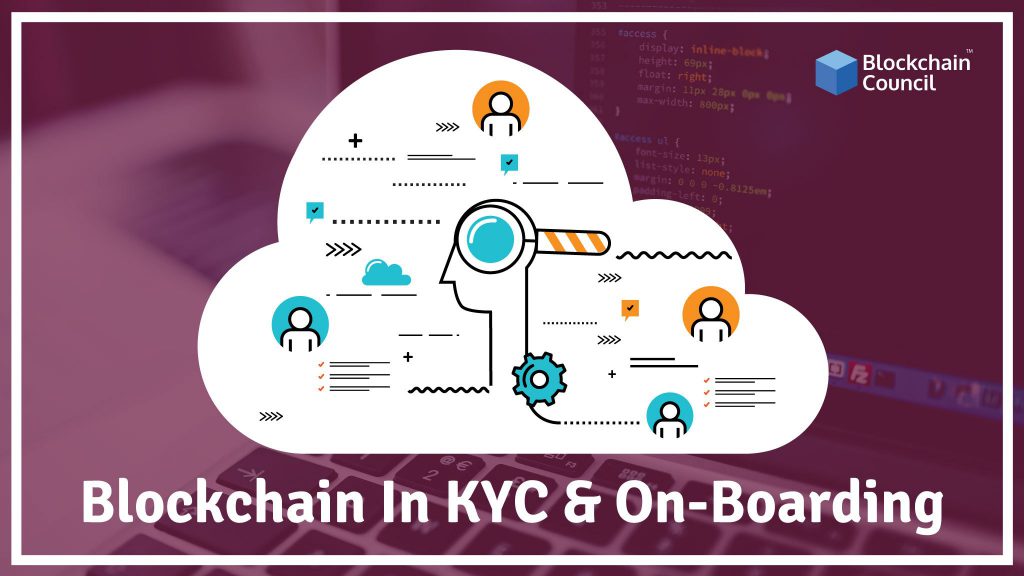
- Toshendra Kumar Sharma
- October 14, 2022
Know Your Customer (KYC) processes require banks to validate and verify primary documents as part of due diligence. Currently, KYC utilities that help manage these documents and share them with multiple entities flood the markets. In some cases, these services may even perform due diligence. However, regulations are such that due diligence and investigation tasks are in the hands of the client onboarding teams at financial institutions, given the business and reputational risks involved. This KYC process can delay business as it can take 30 to 50 days to complete to a satisfactory level.
Global efforts to prevent money laundering and the financing of terrorism are incredibly expensive for financial firms. In 2014, global spending on AML compliance alone was $10 billion. Banks are also coming under pressure from investors and analysts to reduce cost. However, many expect the compliance budgets to increase in the coming years rather than to decrease. When banks don’t follow KYC guidelines, they have to pay a regulatory fine as a part of penalization process. In such a VUCA world banks are now turning to the blockchain as a possible solution to their KYC challenge.
How is KYC used in Blockchain?
In the “blockchain for payments use-case” there is already talk that SWIFT is under pressure. This is because it is a messaging platform while distributed ledger based solutions like RIPPLE take care of both messaging and settlement. While the payments and securities settlement space has seen real progress with blockchain/distributed-ledger based solutions, the KYC & AML area is still in a nascent stage. KYC Use Case is also about the movement of information /identity. Also, it is capable of involving multiple parties.
Blockchains help banks in identifying the customers, with details like the source of funds, business interests, history. They also monitor the progress along the way. Every bank and financial institution have to perform the KYC process individually and upload the validated information and documents to the central registry that stores digitized data tagged to a unique identification number for each customer. By using this reference number, banks can access the stored data to perform due diligence whenever customers request for a new service within the same banking relationship, or from another bank.





































































 Guides
Guides News
News Blockchain
Blockchain Cryptocurrency
& Digital Assets
Cryptocurrency
& Digital Assets Web3
Web3 Metaverse & NFTs
Metaverse & NFTs
